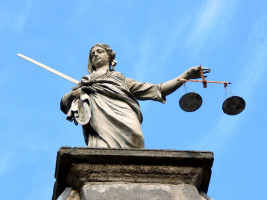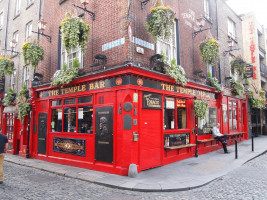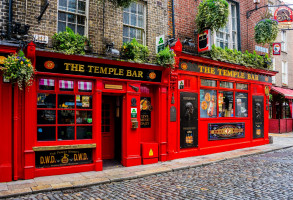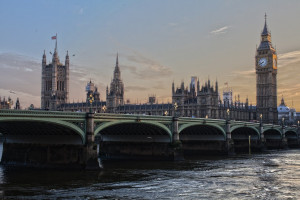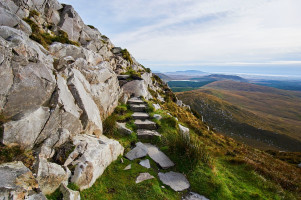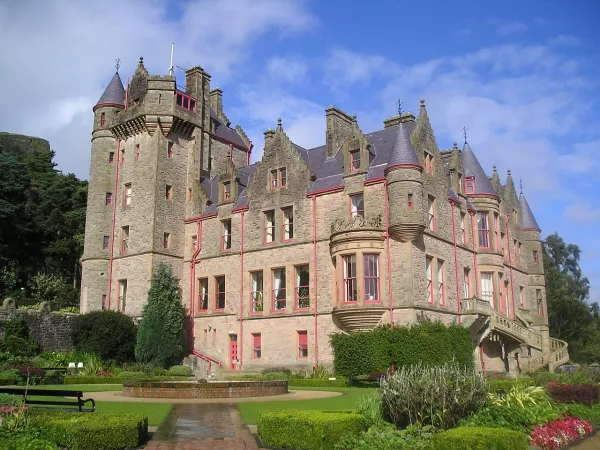
Northern Ireland
Duration
3 to 5 Days
3 to 5 Days
Best time to visit
May-Aug
May-Aug
Theme
Heritage, Waterfront
Heritage, Waterfront
Northern Ireland Travel Guide
Northern Ireland, a part of the United Kingdom, is known for its stunning landscapes, rich history, and vibrant culture. With its rolling green hills, dramatic coastline, and charming cities, Northern Ireland offers a unique travel experience. The country has a complex history marked by conflict and peace-building efforts, making it a fascinating destination to explore. Northern Ireland is famous for its Celtic heritage, traditional music, and warm hospitality.Top Attractions in Northern Ireland
1. Giant's Causeway 2. Titanic Belfast 3. Carrick-a-Rede Rope Bridge 4. The Dark Hedges 5. Dunluce CastleNorthern Ireland is Famous for
Its stunning landscapes and rich Celtic heritage.Top Attractions in Northern Ireland
- Giant's Causeway - Titanic Belfast - Carrick-a-Rede Rope Bridge - The Dark Hedges - Dunluce CastleWhat's Great about Travelling to Northern Ireland?
- Rich history and culture - Stunning natural beauty - Warm and welcoming localsWhat's Not So Great about Travelling to Northern Ireland?
- Unpredictable weather - Limited public transportation in rural areasTravel Tips for Northern Ireland
- Check visa requirements before traveling - Renting a car is recommended for exploring rural areas - Be prepared for changeable weather conditionsImportant Northern Ireland trip information
- Ideal Duration: A week to explore the main attractions.
- Best Time to Visit: Summer months for milder weather.
- Nearby Airports and Railway Stations: Belfast International Airport and Belfast Central Railway Station.
Per Person
1,07,044
*EXCLUDING APPLICABLE TAXES 5.0 Ratings
( 393 Reviews )
( 393 Reviews )
Per Person
1,36,860
*EXCLUDING APPLICABLE TAXES 5.0 Ratings
( 393 Reviews )
( 393 Reviews )
Per Person
1,09,487
*EXCLUDING APPLICABLE TAXES 5.0 Ratings
( 393 Reviews )
( 393 Reviews )
Per Person
2,38,666
*EXCLUDING APPLICABLE TAXES 5.0 Ratings
( 393 Reviews )
( 393 Reviews )
Per Person
1,86,227
*EXCLUDING APPLICABLE TAXES 5.0 Ratings
( 393 Reviews )
( 393 Reviews )
Per Person
2,04,324
*EXCLUDING APPLICABLE TAXES 5.0 Ratings
( 393 Reviews )
( 393 Reviews )
FAQ's on Northern Ireland
Q1: What is the best time to visit Northern Ireland?
The best time to visit Northern Ireland is during the summer months from June to August when the weather is relatively mild and the days are longer. This is also the peak tourist season with many outdoor festivals and events taking place. However, if you prefer fewer crowds and don't mind some rain, the shoulder seasons of spring (April-May) and autumn (September-October) can also offer pleasant weather and beautiful landscapes.
Q2: Do I need a visa to travel to Northern Ireland?
Northern Ireland is part of the United Kingdom, and most visitors do not need a visa for short stays. However, visa requirements may vary based on your nationality. It's essential to check the specific visa requirements for your country before traveling. If you are unsure, it is recommended to contact the nearest UK embassy or consulate for the most up-to-date information.
Q3: What are the must-visit attractions in Northern Ireland?
Northern Ireland is known for its stunning natural landscapes and historic sites. Must-visit attractions include the Giant's Causeway, a UNESCO World Heritage site with unique rock formations, the vibrant city of Belfast with its Titanic Quarter and historic murals, the scenic Causeway Coastal Route, the iconic Carrick-a-Rede Rope Bridge, and the picturesque landscapes of the Mourne Mountains. Don't miss exploring the Game of Thrones filming locations, such as the Dark Hedges and Castle Ward.
Q4: Is Northern Ireland a safe place to travel?
Northern Ireland is generally a safe destination for travelers. However, like any other place, it is essential to be cautious and aware of your surroundings, especially in urban areas. While most areas are safe for tourists, it is advisable to avoid any political demonstrations or sensitive areas related to the Troubles. As with any trip, it's recommended to take normal precautions, such as keeping an eye on your belongings and following local advice.
Q5: What is the local currency in Northern Ireland and can I use credit cards?
The local currency in Northern Ireland is the British Pound Sterling (£). Credit and debit cards are widely accepted in most establishments, including hotels, restaurants, and shops. ATMs are also readily available in cities and towns for cash withdrawals. It's a good idea to inform your bank about your travel plans to avoid any issues with card payments. While some places may accept Euros, it's best to have Pounds for transactions to ensure better exchange rates.
Q6: What is the local cuisine like in Northern Ireland?
Northern Irish cuisine is a delightful mix of traditional Irish dishes and modern gastronomic experiences. Some must-try foods include the famous Ulster Fry (a hearty breakfast with bacon, eggs, sausage, black and white pudding, and soda bread), traditional Irish stew, fresh seafood from the coast, and delicious pastries like the famous Northern Irish apple tart. Don't forget to savor a pint of Guinness or try some local craft beers in cozy pubs. Dietary preferences are catered to in most restaurants, with options for vegetarians and those with food allergies.
Q7: What transportation options are available in Northern Ireland?
Northern Ireland has a well-connected transportation system, including buses, trains, and taxis. Public buses operated by Translink serve major cities and towns, offering convenient travel options for tourists. The train network connects Belfast with other parts of Northern Ireland and even crosses the border into the Republic of Ireland. Taxis are also readily available, especially in urban areas and at transportation hubs. For more flexibility in exploring remote areas, renting a car is a popular choice. Roads are well-maintained, and driving in Northern Ireland offers scenic drives along the coast and through the countryside.
Q8: Are there any cultural norms or etiquette I should be aware of when visiting Northern Ireland?
When visiting Northern Ireland, it's essential to respect the local customs and traditions. Greetings are usually polite and formal, with a handshake being the common way to greet someone. When dining out, it's customary to wait for the host or eldest person to start eating before you begin. Tipping is appreciated in restaurants and for services like taxis and tour guides. When visiting historic sites or religious places, modest attire is recommended. It's also important to be sensitive to Northern Ireland's complex history and avoid discussing political or religious topics unless invited to do so. Overall, showing kindness, courtesy, and openness will help you have a pleasant and respectful experience in Northern Ireland.
Q9: I am a travel agent. How can I buy travel leads of Northern Ireland?
Register yourself as a travel agent at agents.tripclap.com and then you can buy travel leads to Northern Ireland once your account is approved. For more details contact our support team at +91-8069186564 or support@tripclap.com
